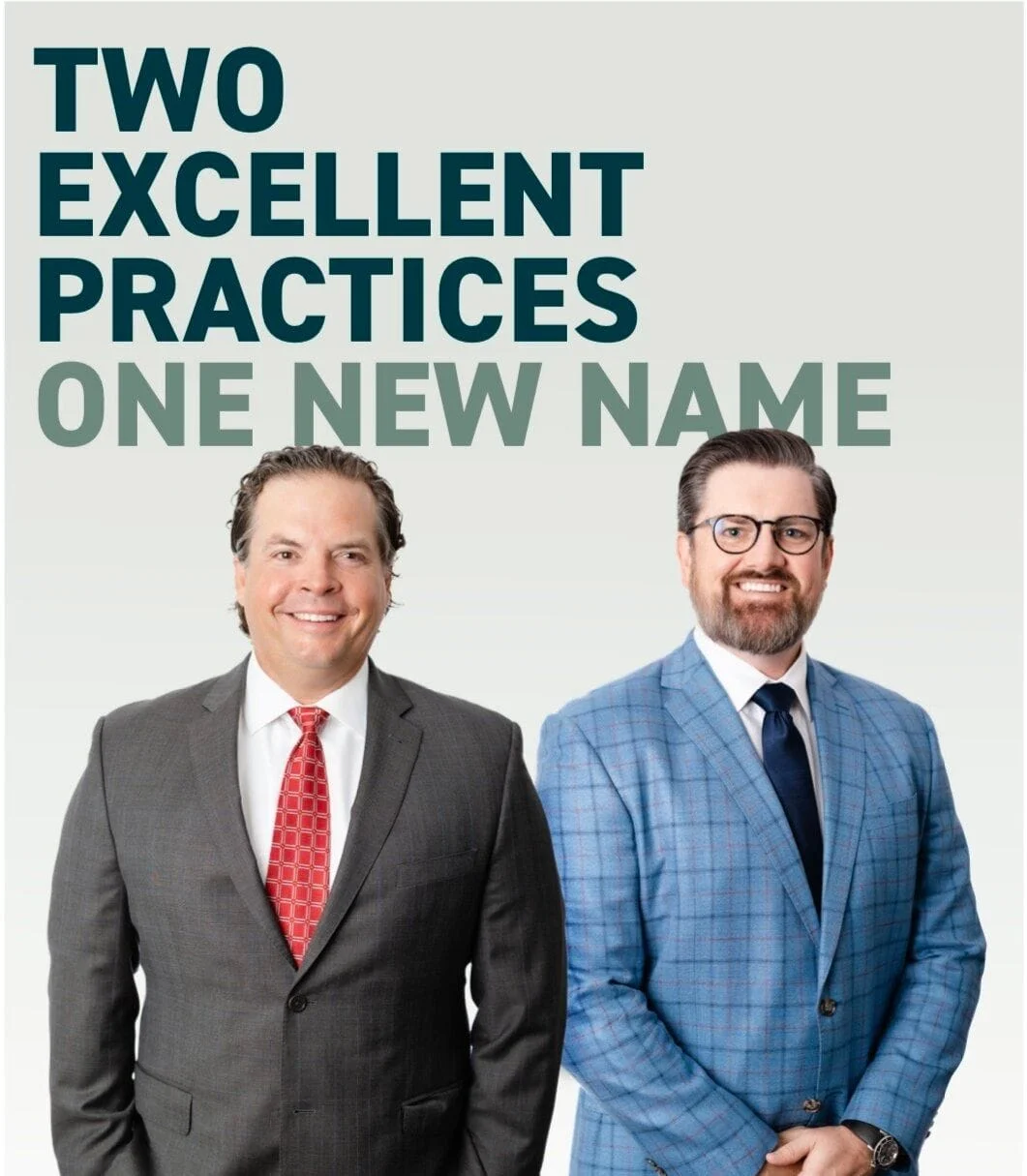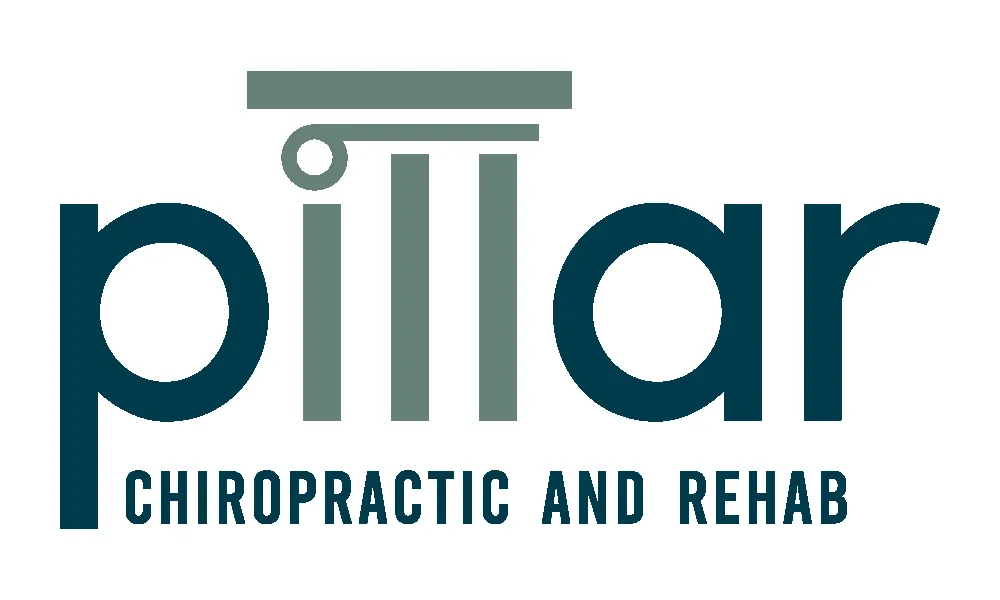Welcome to Pillar Chiropractic and Rehab
In the spring of 2023, Dr. Brad Russell and Dr. Rod Sones began the process of bringing together their practices, Hug Chiropractic Clinic and ProHealth Hoover Chiropractic and Rehab, under the name, Pillar Chiropractic and Rehab. Now complete, this merger unites more than 60 years of combined experience in delivering exceptional, evidence-based, non-invasive care to Greater Birmingham communities. More importantly, it represents our commitment to the highest standards of chiropractic medicine and allows us to extend our practice under this philosophy into other communities. Thank you for visiting us online.

Locations
--mi
Gardendale
Address
313 Fieldstown Rd., Ste 103
Gardendale, AL 35071
Contact Information
205-537-7463

